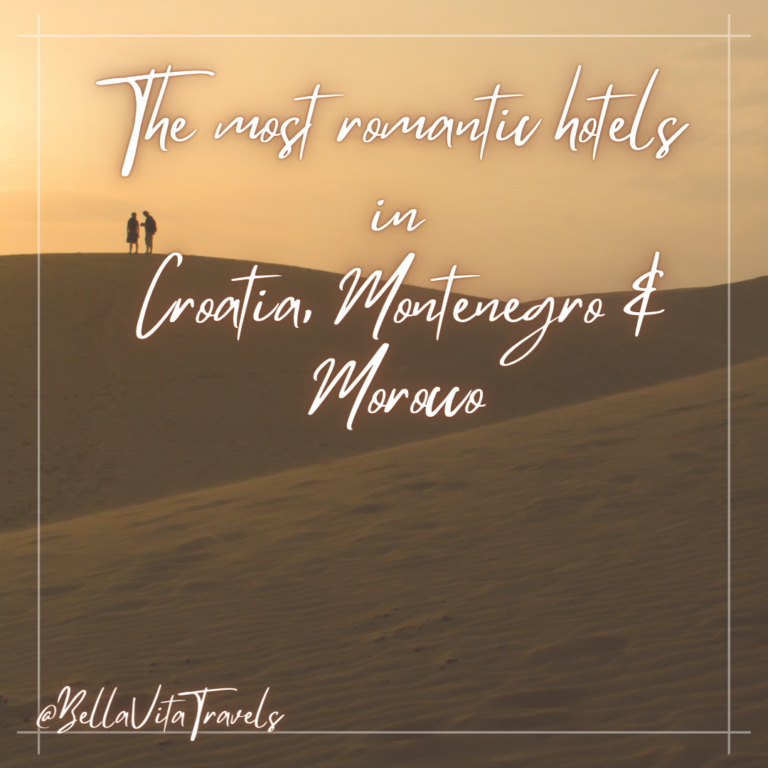Must-Visit Destinations in Marrakech
Marrakech is a safe city and feast for the senses, with such a dazzling display of sights and sounds that it has fascinated travelers for centuries. There is always something to do in Morocco’s Red City, but here are some of the experiences you shouldn’t miss.
Jemaa el-Fnaa
The central square of Marrakech’s Old City, the Jemaa el-Fnaa is an ever-changing spectacle. The narrow, winding, confusing streets of the medina suddenly open into the spacious square, surrounded by businesses and cafes, bordering the famous souk. During the day, it is lined with stalls selling fresh-squeezed orange juice, and filled with snake charmers, dancers, acrobats, story tellers, magicians, and merchants selling trinkets. In the evening, the square fills with food stalls selling every kind of Moroccan street food to locals and tourists alike, filled with light and steam and the smell of cooking. It’s where everything happens in the medina, so you can also find tour guides, caleshe rides, hustlers, and anything else you might imagine.
The best way to experience the Jemaa in the daytime is to find a cafe with a terrace where you can watch the action without engaging in it. Tourists are often overwhelmed in the square itself by people wanting to perform for them or sell something to them or offer them services, and it’s nice to be able to step above the fray and simply observe. However, don’t miss browsing the food stalls in the evening and making your own Moroccan tasting menu from the offerings.
Marrakech Souks
Marrakech has the largest traditional market in Morocco, and the souks are a must-see even if you aren’t looking to buy anything. If you are looking to buy nearly anything at all, you can probably find it in the souks. As with the Jemaa, shopkeepers will tend to greet you as you walk buy, trying to persuade you to step into their shops, using a bewildering array of languages and tactics. If you aren’t interested, give a firm no and move on. In fact, it’s best to simply visit the souks and familiarize yourself with the sights, smells, sounds, and atmosphere before you ever attempt to purchase anything. Wander around, get lost, and just take it all in. If you spot something you like, make a mental note of it, and then notice how many other shops have similar offerings. Cultivating an awareness of how much competition there is will help you bargain later on.
Marrakech Medina
A “medina” is the oldest part of a Moroccan city, the portion that was originally surrounded by fortified walls. The Marrakech medina is vast, winding, and deliberately confusing for outsiders. It’s crowded with tiny shops, cafes, hidden gardens, colorful pottery, and surprises around every corner. You will be sharing the tiny streets with chatting locals, donkey carts, bicycle riders, groups of children, motorized scooters, and everything else you can imagine. Many of the streets are covered or hidden, there are few signs, and some street signs aren’t accurate, so maps are of little use to you here, although your phone’s GPS can be incredibly helpful. The best way to learn the medina is to learn the way from your lodgings to the Jemaa el-Fnaa. Thanks to the layout of the city, and the minaret of Koutoubia Mosque, you can almost always find your way to the Jemaa, no matter how lost you may get.
Ben Youssef Madrasa
The Ben Youssef Madrasa is the largest madrasa in Morocco, dating back to the 14th century, and is a spectacular example of Islamic art and architecture. The richly carved cedar, incredible zellige tile work, Arabic calligraphy, and marble pillars are a fantastic showcase of the craftsmanship and design of the Moroccan Marinid dynasty. Because mosques are forbidden to non-Moslems, the Ben Youssef Madrasa also offers great insight into the religious design and practice of its time.
Jardin Majorelle
The stunning Majorelle Gardens are a botanical garden and artists’ retreat, an oasis of tranquility and color in the heart of the city. The buildings are where French artist Jaques Majorelle discovered and celebrated the unique shade of cobalt blue named after him. The gorgeous gardens, trickling fountains, and incredible architecture are a sight unto themselves, but the gardens also host fascinating museums dedicated to Islamic and Berber art, and are a must-see for art lovers, bird-watchers, botanists, and those who simply love calm and tranquil settings.



